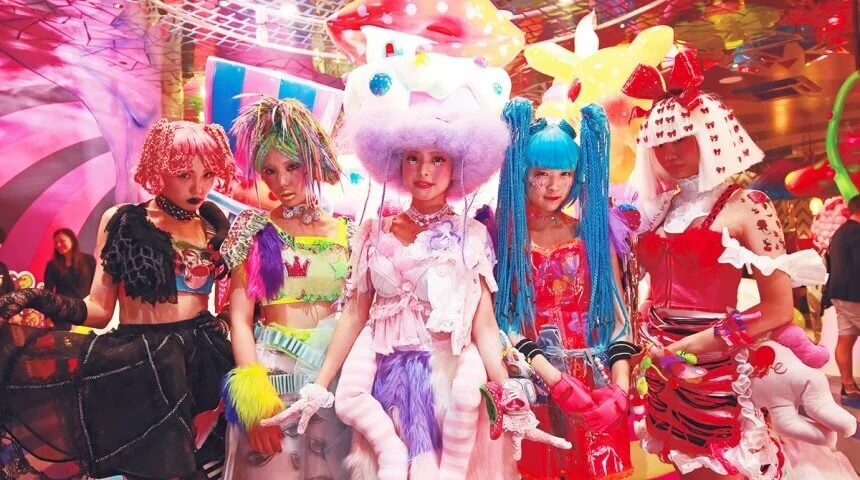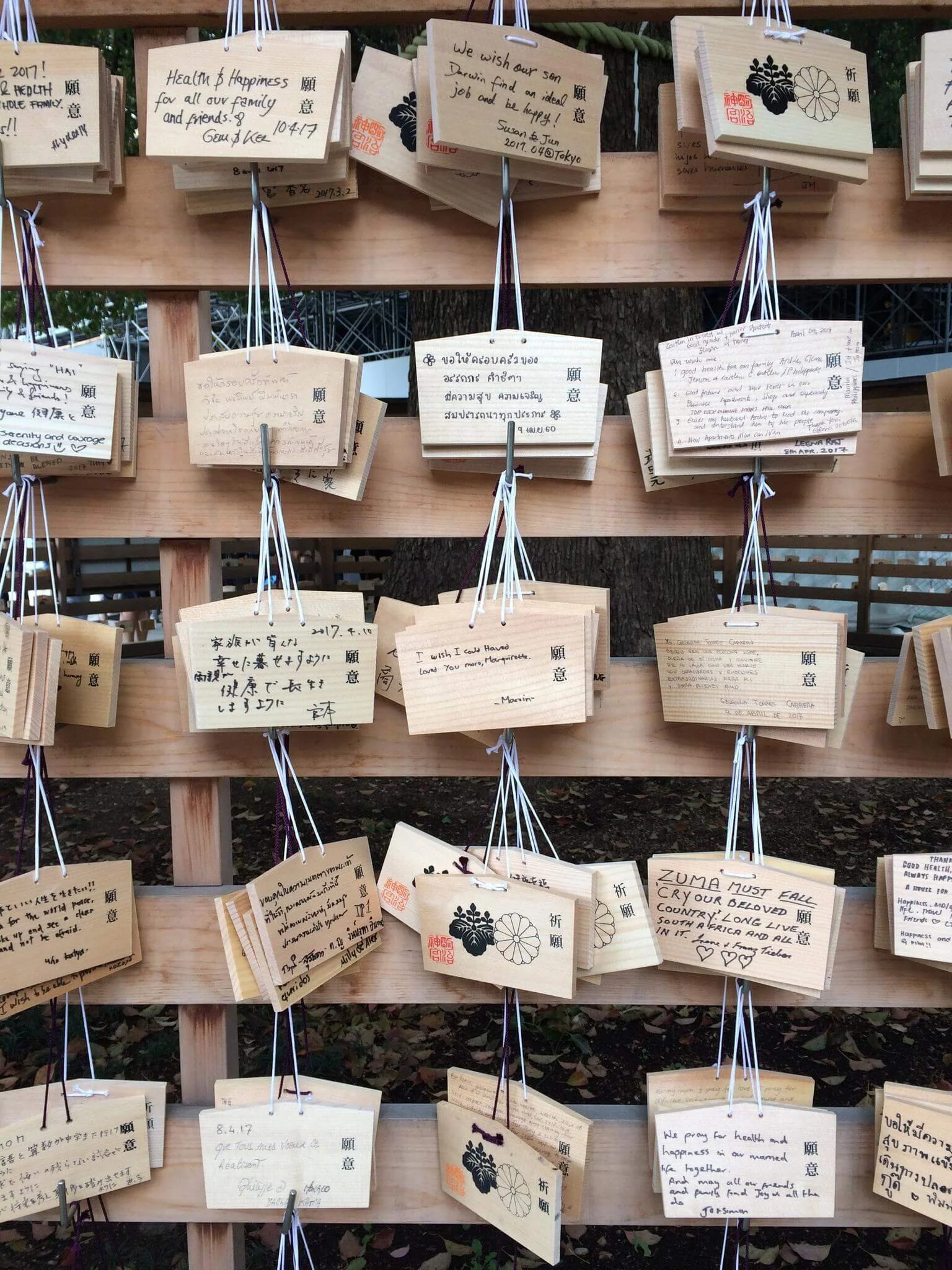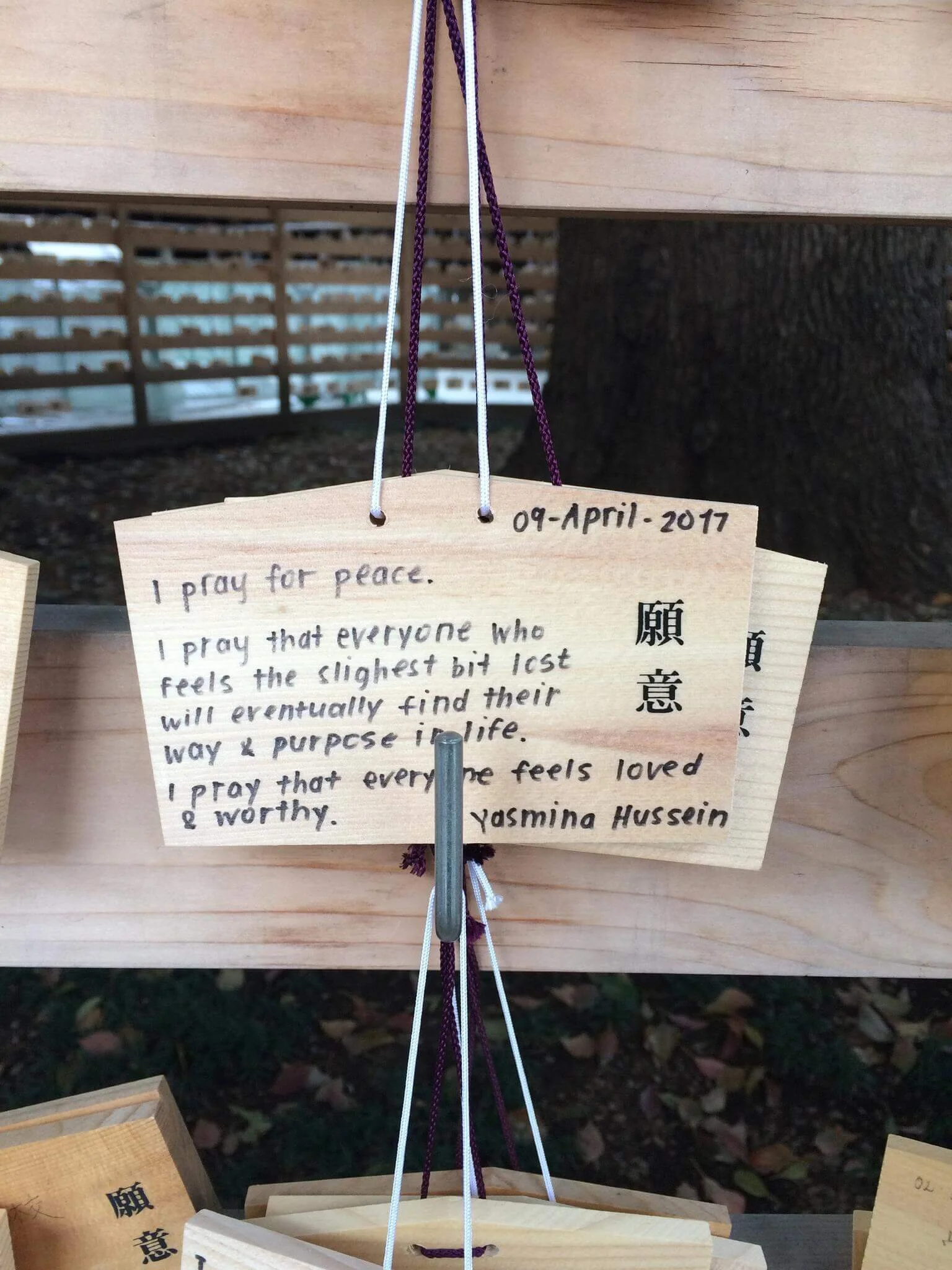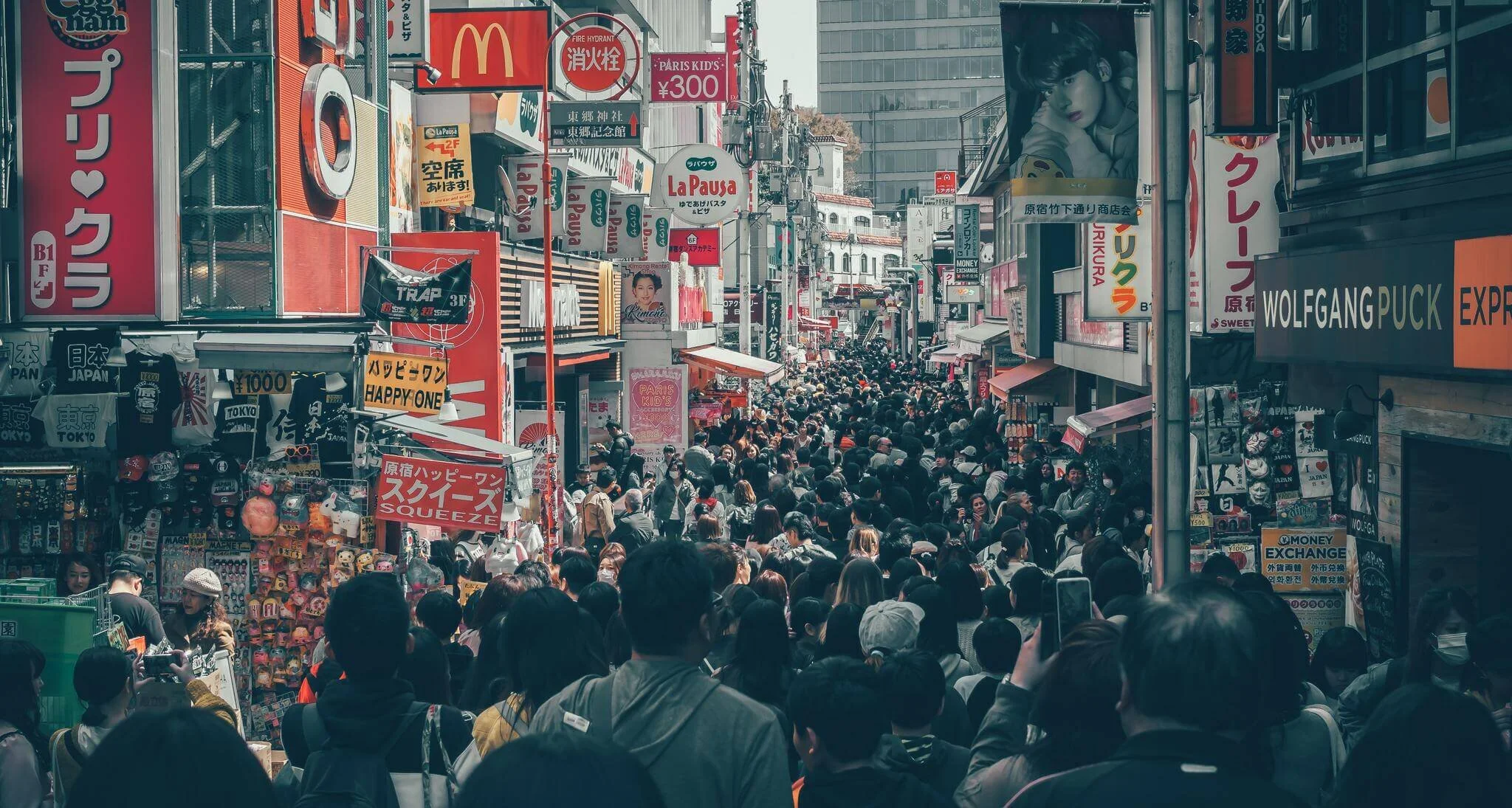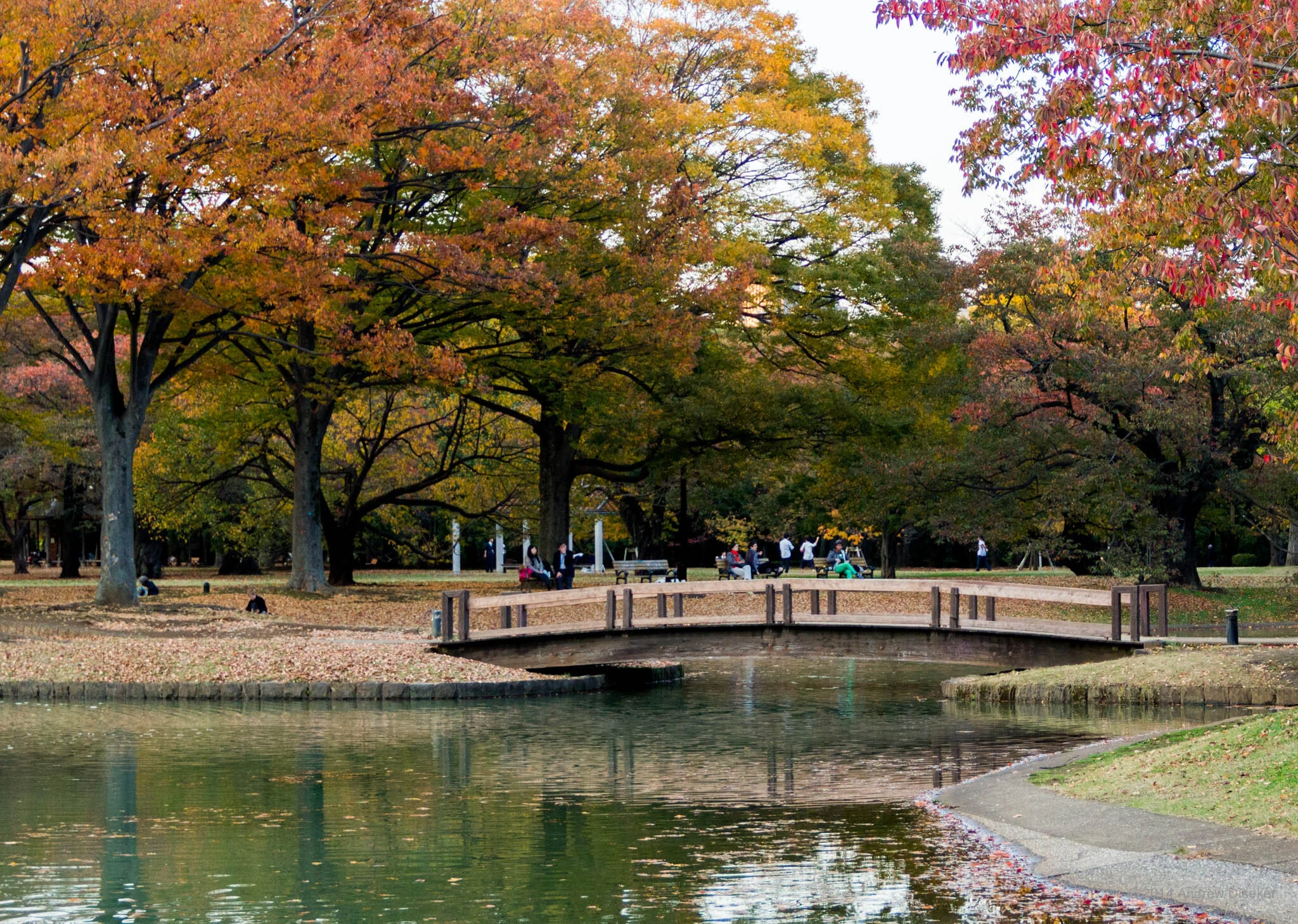Best Things To Do In Shibuya
Shibuya is one of Japan’s most interesting neighborhoods with a whole range of activities from Shinto priests to ultra-hip kawaii Harajuku fashion.
Here are some of our best tips for things to do in Shibuya!
Table Of Contents
Meiji Jingu
Famous for its massive torii gate, beautiful shrine, and collection of intricately decorated sake barrels - Meiji Jingu is a Shinto shrine dedicated to Emperor Meiji. It was originally built in 1920 but was destroyed during World War II.
The shrine was rebuilt in 1958 with about 100,000 trees donated by people from all over the world.
The beautiful wooden torii gate at the entrance is the biggest in Japan with a height of over 12 meters.
From the main torii gate to the temple, you’ll see a huge wall of colorful sake barrels that were offerings to the shrine when it was built.
Once you get to the shrine you’ll be able to observe locals offering prayers and maybe even an official Shinto priest ceremony or Japanese wedding!
You can also make your own prayer offerings by writing a wish on a wooden ema block.
The Shrine is free to explore but the inner garden and museum have admission fees.
Station: Harajuku
Hours: Sunrise to sunset
Admission: Free
Takeshita Street
One of the main avenues and icons of Harajuku, this is where many of Japan’s quirky and interesting youth fashion culture ideas begin.
Get off at the Harajuku Station (Takeshita exit), take a deep breath, and enter into the chaos of the street.
You’ll see so many interesting shops selling all sorts of ‘kawaii’ (cute in Japanese) clothing, items, and food! In addition, make sure to keep your eyes open for local youth and adults dressed in the latest Harajuku fashion!
It’s also one of the best places to visit in Tokyo with kids!
Station: Harajuku Hours: 11:00 am - 10:00 pm (approx)
Tokyu Plaza Omotesando Harajuku
Famous for it’s multi-faceted mirror entrance - this mall has a large variety of interesting clothing and design shops. Make sure to visit the rooftop garden too!
Station: Meiji-Jingumae, Harajuku
Hours: 11:00 - 21:00
Kawaii Monster Cafe
One of the weirdest and unique experiences we had in Japan - Kawaii Monster Cafe is a visual feast combined with over-the-top kawaii (cute) dancers and entertainment. You will not be bored here!
You can choose between the day or the night show.
We visited during the day, which consisted of a crazy show (every 90 minutes) from the kawaii hostesses and dancers.
The night shows have either family friendly nights and adult nights depending on which day it is.
The moment you walk in, you’ll be surrounded by the trippiest, color bonanza your eyes have seen with anything from crazy lighted mushrooms to big sheep heads drinking from baby bottles. It’s hard to really explain how nuts this place is - you just have to see it for yourself!
Pictures are encouraged and the friendly staff are down to take a picture or two with you!
Station: Meiji-Jingumae
Hours: 11:30 am - 10:30 pm
Admission: $5 - $32 (The $5 entry requires you to buy 1 drink and 1 food item)
Nonbei Yokocho (Drunkards Alley)
Just steps away from the world famous Shibuya Crossing - is a yokocho (alleyway with tiny places to eat/drink) or a tiny street full of even tinier bars that fit max 3-5 people each.
There are about 30-40 of these tiny bars that can fit around 5-7 people at a time, with each specializing in some kind of food, drink, or music. Some bars might even have a no-shoes policy, so you’d leave them outside and wear the provided slippers.
Each bar is so full of character and made me feel like I was in some kind of movie or something!
Also, if you like Golden Gai - you’ll love this place!
Google Maps Location of Nonbei Yokocho
Station: Shibuya
Hours: 6 pm until early morning
Yoyogi Park
One of the largest and most entertaining green spaces in Tokyo, Yoyogi Park is a place where you can either chill out surrounded by nature or partake/observe in the interesting activities going on.
The forest park area is where you can have a picnic, lay down to read a book, or go for a jog.
But really, one of the main draws here are the interesting activities such as the rockabilly dancers who gather on Sundays, looking like they were teleported directly from the 50’s, to dance to old time music. Some other interesting people I saw were women in maid costumes practicing some kawaii dances, people practicing/rehearsing dance and song moves, and musicians playing drums, guitar, etc.
Station: Harajuku, Yoyoyi, Meiji-Jingumae
Hours: 5 am - 8 pm
Admission: Free
Shinjuku Gyoen National Garden
In contrast to Yoyogi park - the Shinjuku Gyoen National Garden is a place to visit for it’s natural beauty mostly.
When you enter the park, make sure to ask for a map in English in order to not miss all the major gardens: French Formal, English Landscape, Japanese Traditional, Mother and Child Forest, and Taiwan Pavilion.
Station: Shinjuku, Shinjuku-Sanchome
Hours: 9 am - 4 pm
Admission: $2 USD
Shibuya Crossing
One of the most famous street intersections in the world - observing the mass of humanity cross all at once is both mesmerizing and beautiful at once. At peak hours, up to 3,000 people cross when the lights change. It’s like watching an immense flash mob weave into each other at lighting speed without anyone crashing into each other.
For good views of the crossing you can view it for free at the Starbucks or pay 300 yen to see it from higher up at the Mag’s Deck.
The crossing has the most people after dark on Friday or Saturday since it’s linked to the train coming and going. When the last train leaves, the intersection becomes visibly less busy.
Hachiko
The most famous dog in Japan - all Japanese know of the loyal Akita dog who used to accompany his owner, professor Ueno, to Shibuya station every morning and then would wait for him in the afternoon to go home together. One afternoon, Ueno did not return because he suffered a brain hemorrhage at work and passed away. Hachiko, unaware of his owners passing, kept arriving and waiting for his owner day after day.
People tried to take Hachiko in, but he kept breaking free to wait for his master. The station staff also tried to shoo him away because they didn’t like the idea of a stray dog lurking around. But nothing could keep Hachiko away.. in fact he kept going and waiting for his master for a full ten years until he passed away.
A statue of Hachiko now stands at the Shibuya station as a symbol of loyalty.
Pachinko Parlours
Since gambling is technically illegal in Japan, the way the mafia and other unscrupulous individuals have gotten around this is by distributing shiny steel balls whenever you win. These steel balls can later be exchanged for tokens, which are then swapped for money at a separate location.
But you really have to enter one of these pachinko parlors to witness the noise, lights, and chaos of the whole thing.
Many of the games are ‘skill’ based in that you have to fire the pachinko balls into holes or other kinds of objectives. You’ll see loads of old men with buckets of the pachinko balls - but who knows how long they’ve been there or how much they’ve won or lost?

